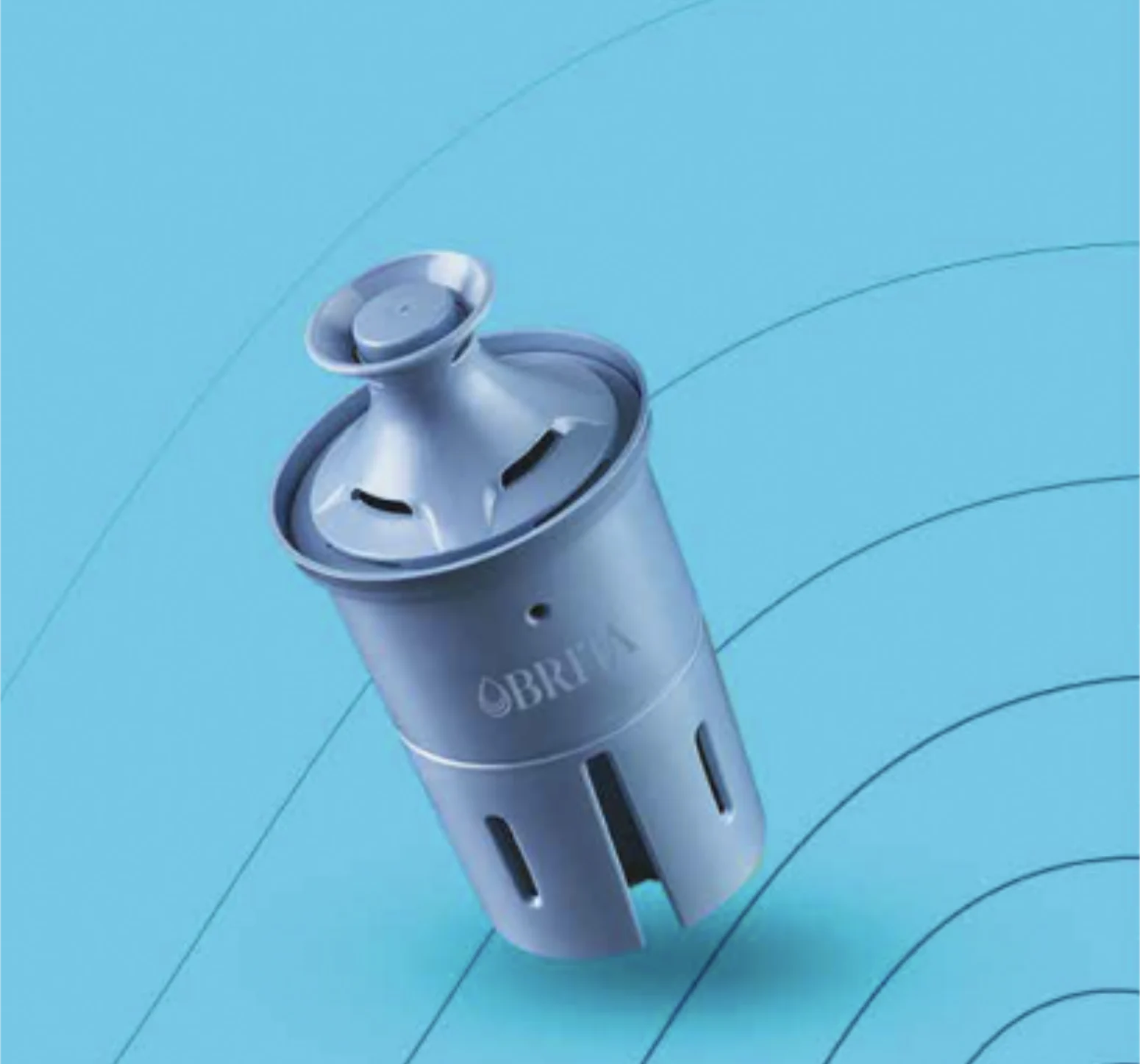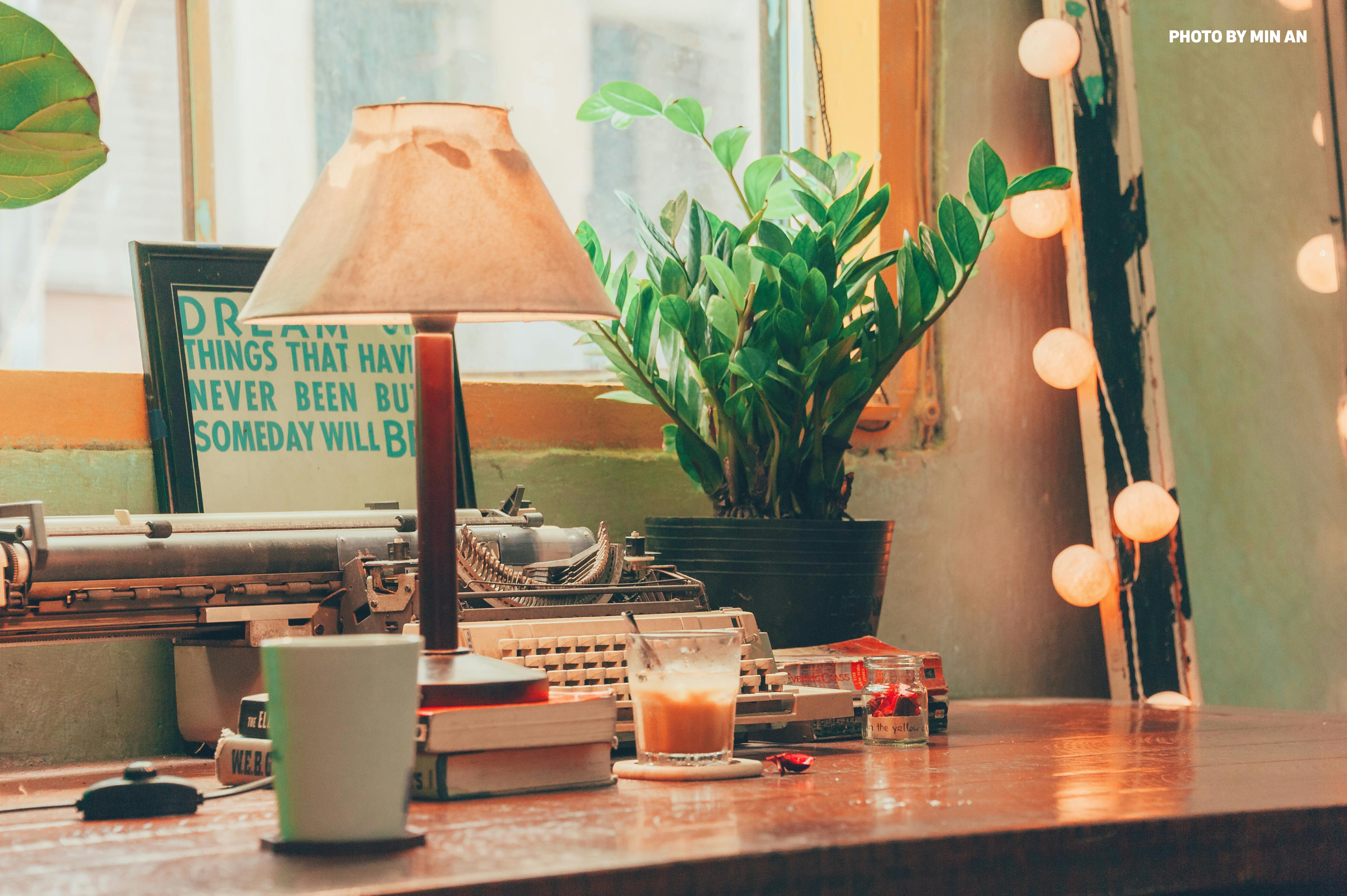From how a filter works to how to make one at home, here’s what you need to know about water filters.
Water filtration is a very common method of treating water to make it safer to drink.
The Water Quality Association estimates more than four out of 10 Americans use a home water treatment unit to clean their tap water. The WQA also estimates Americans spend billions of dollars every year on these systems.
According to the Centers for Disease Control and Prevention, there is a wide array of water filters currently available, with each having different functions depending on their applications.
“Some can make your water taste better, while others can filter out harmful chemicals, metals or germs. No single filter can keep every type of contaminant out of your drinking water, and not everyone needs a water filter,” the CDC said.
While most tap water in the U.S. is already filtered, it can sometimes come with small quantities of substances like chlorine to help the water stay safe from germs or fluoride to prevent tooth decay when consumed.
How does a water filter work?
In order to make water safe to drink and most importantly, flavorless, water filters use several methods to achieve this. Water treatment plants, for example, use a 5-step process, which includes (1) aeration, (2) coagulation, (3) sedimentation, (4) filtration, and (5) disinfection, according to the Environmental Protection Agency.
- Aeration: Allows gases trapped in the water to escape and adds oxygen to the water.
- Coagulation: The process by which dirt and other suspended solid particles chemically “stick together” into floc (clumps of alum and sediment) so they can easily be removed from water.
- Sedimentation: The process that occurs when gravity pulls the particles of floc to the bottom of the cylinder.
- Filtration: The process that occurs once the water has moved through the filtering process
- Disinfection: The water is now safe to drink!
To replicate how water filtering works, here is a simple experiment you can replicate at home:
What you’ll need:
- 1x Two-liter plastic soft drink bottle with its cap (or cork that fits tightly into the neck)
- 2x Two-liter plastic soft drink bottles, one with its bottom cut off and one with the top cut off
- 1x large beaker (2 cups) or measuring bowl that will hold the inverted two liter bottle or you can use another two liter plastic soft drink bottle with its top cut off so the other bottle will fit inside of it.
- 2x tablespoons of alum (potassium aluminum sulfate available in the spice isle at grocery stores)
- 1x 1/2 cups fine sand (white play sand or beach sand)
- 1x 1/2 cups coarse sand (multi-purpose sand)
- 1x cup small pebbles (washed, natural color aquarium rocks work best)
- 1x coffee filter
- 1x rubber band
- 1x tablespoon (for the alum)
- 1x large spoon (for stirring)

To build the filter, do the following:
- Grab a water bottle and cut the bottom off.
- Attach a coffee filter to the outside neck of the bottle and secure it with a rubber band.
- Turn the bottle upside down and place it in a beaker or cut-off bottom of a two-liter bottle.
- Pour a layer of clean aquarium-style pebbles into the bottle.
- Pour the coarse sand on top of the pebbles.
- Pour the fine sand on top of the coarse sand.
- Clean the filter by slowly and carefully pouring through 3 L (or more) of clean tap water without disturbing the sand.
- After a large amount of sediment have settled on the bottom of the bottle of swamp water, carefully – without disturbing the sediment pour the top two-thirds of the swamp water through the filter.





Leave a Reply